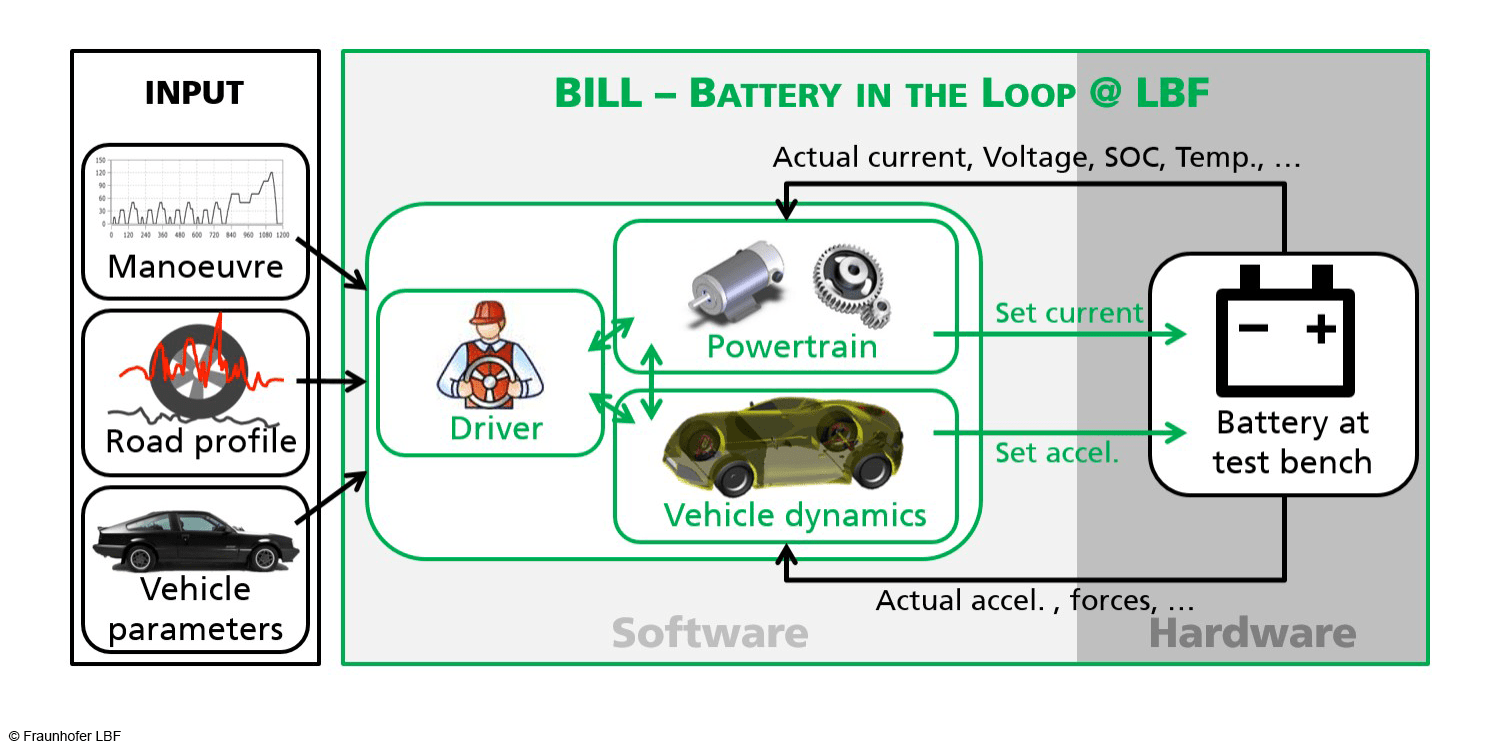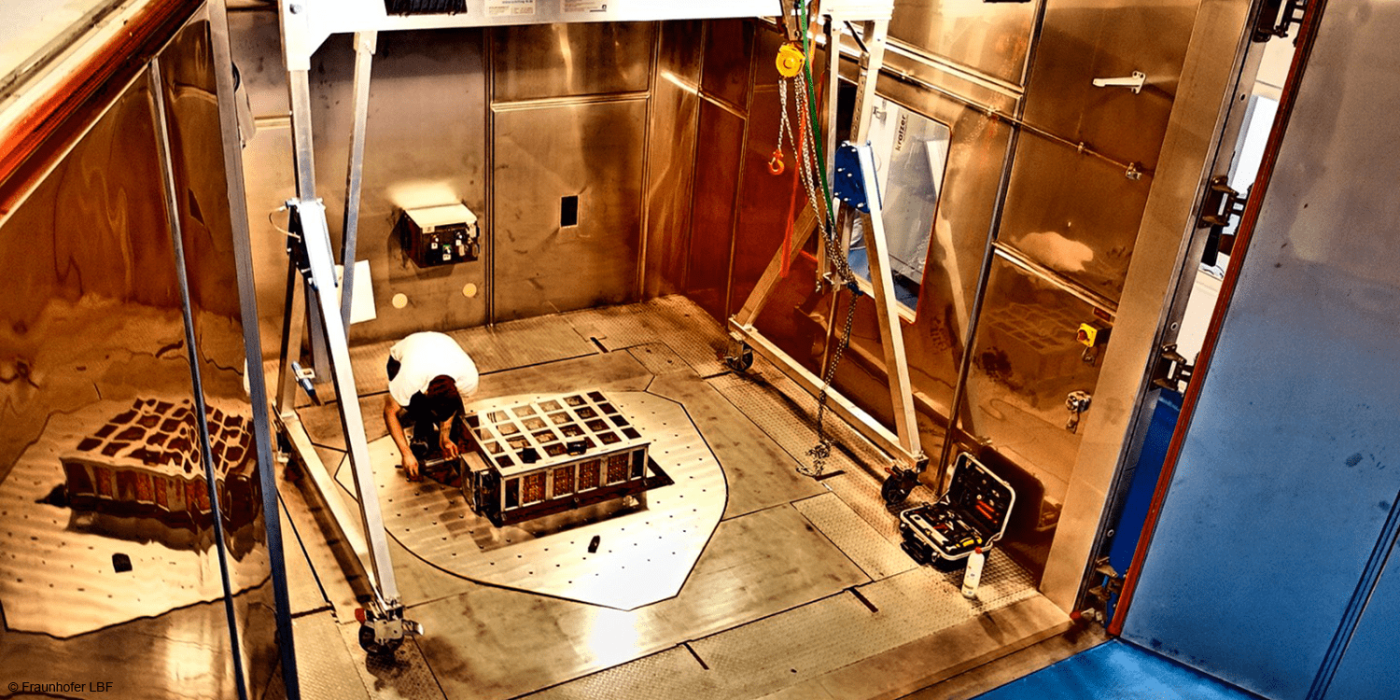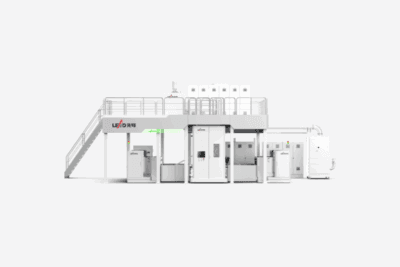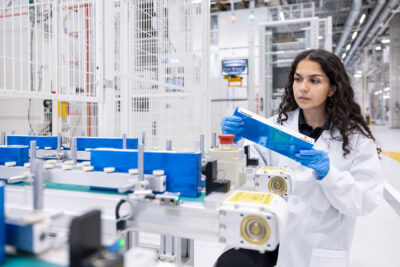New lab test to simulate realistic battery conditions
In the MEF-BILL project, researchers at the Fraunhofer LBF are working on a new method for testing batteries under real conditions. For this purpose, the Darmstadt researchers are combining a multi-environment testing facility with a computational vehicle simulation.
So far, laboratory tests of e-vehicle batteries are a long way from reality. This is partly because a current profile with an idealised profile is usually used as the basis for evaluation in the laboratory. Initial tests under real conditions can therefore often only take place once a drivable vehicle prototype is available.
The Fraunhofer LBF has now developed a laboratory test in the MEF-BILL project that tests batteries under realistic conditions. The project title stands for “Battery In The Loop @ LBF” in reference to the categorisation of the test procedure as so-called “hardware-in-the-loop” simulation. But one after the other: The researchers imitate the movements of the vehicle body by means of a vibration table that can be moved in all directions by six hydraulic cylinders. At the heart of the system is the computerised vehicle simulation, which is based on the dynamic input information, i.e. the researchers continuously check the real parameters of the battery and feed these back into the simulation.

These parameters are primarily influenced by electrical loads, the movements of the vehicle and climatic aspects. “The conventional approach has been to test these three factors separately in the lab with trials that have standard runtimes. In the real world, however, these factors are interdependent and affect each other in complex ways,” says the Darmstadt institute. In MEF-BILL, the experts test these load parameters simultaneously and in their interaction. And more than that – they also simulate the vehicle on very different routes, with variable speed and load.
“We are now bringing the road into the laboratory and combining our multi-physical testing rig with a computational vehicle simulation. This means we can test batteries under realistic conditions before a prototype vehicle physically exists,” explains Dr Riccardo Bartolozzi, technical expert for numerical system simulation at the Fraunhofer LBF. “This way, we gain much time in the development process and significantly improve the quality of results”. The system is ready for use, and preparations for the final demonstration are now underway, the report says.
One of the most significant challenges the team had to master in developing the laboratory test was the real-time character of the simulation. “For example, if a test is conducted to investigate ten seconds of operation, the entire simulation may not take a moment longer than ten seconds,” the researchers explain. To achieve this, the complexity of the calculations had to be reduced. The Fraunhofer LBF speaks of a balanced “optimum between complexity and calculation time”.





1 Comment